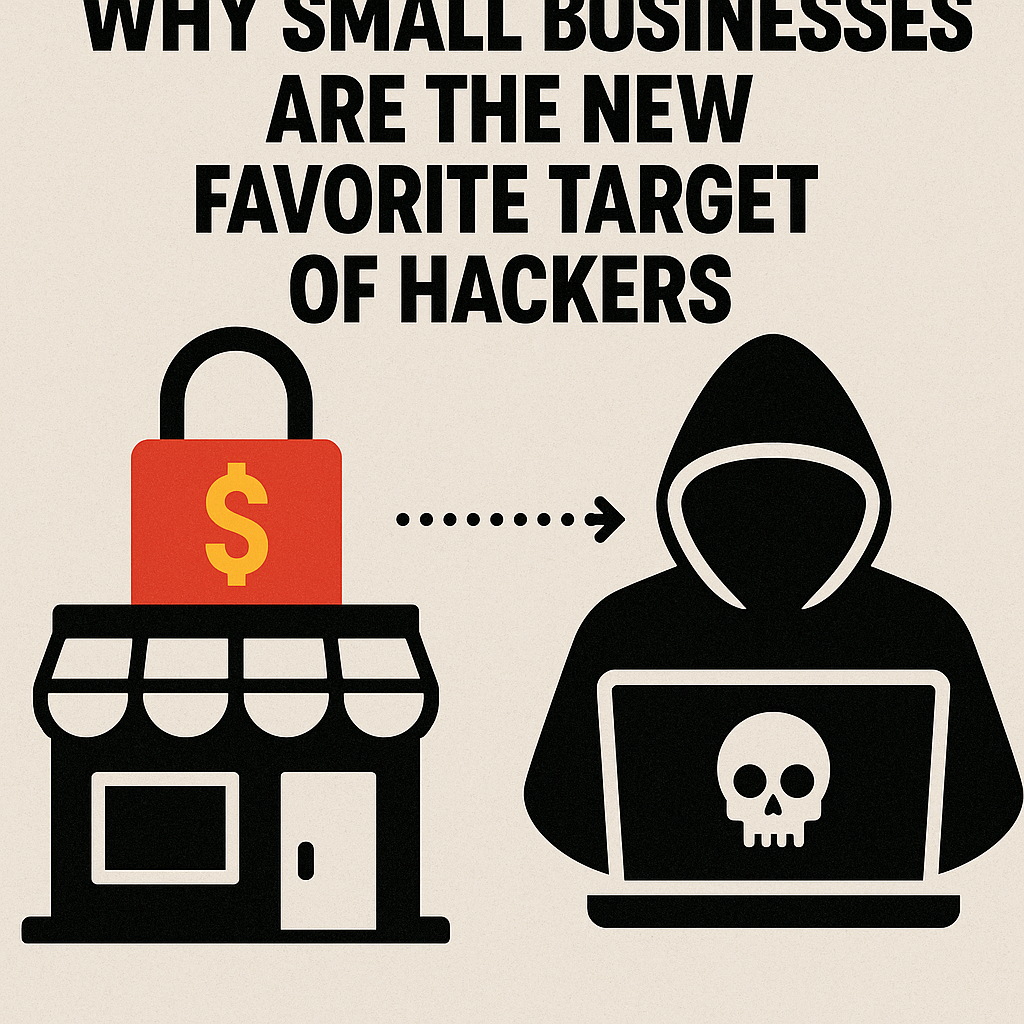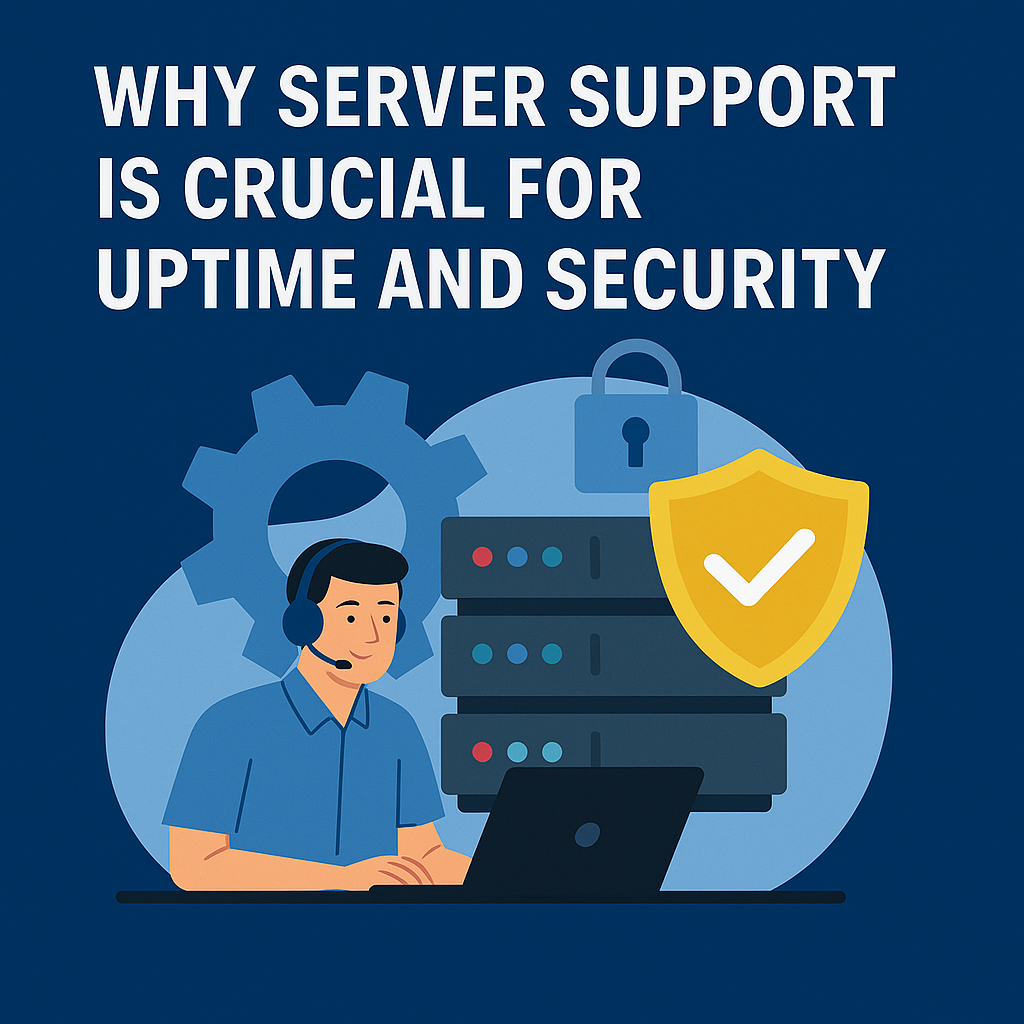The Future of IT & Server Support: Smart Fixes and Bold Trends
1. Introduction
The future of IT support is undergoing a transformative shift driven by cloud computing, AI, and remote work trends. Whether you’re managing in-house systems or relying on outsourced server support, understanding these changes is crucial to staying competitive.
As IT becomes more complex, companies are expected to respond quicker, offer smarter solutions, and anticipate issues before they arise. From handling everyday issues like Windows 11 internet not working after update to planning full-scale cloud server migration, the scope of support has expanded.
2. The Future of IT Support: What to Expect
AI and Automation in IT
Artificial intelligence and automation are revolutionizing how IT problems are diagnosed and resolved. AI-driven chatbots can solve simple tasks like password resets, while machine learning algorithms predict system failures before they occur.
Remote Support and Global Teams
The shift to hybrid workforces has made remote IT support a necessity. Tools like TeamViewer and AnyDesk allow for quick issue resolution from anywhere in the world, streamlining outsourced server monitoring and real-time response.
3. Future of Desktop Support Engineer Roles
Evolving Skillsets
Gone are the days when desktop engineers only handled hardware. The future of desktop support engineer involves expertise in virtualization, remote management, and cybersecurity.
Windows 11 Integration
Engineers must adapt to OS-specific changes, like those introduced in Windows 11 24H2, including new security protocols and UI optimizations that affect application compatibility—particularly with gaming platforms like Ubisoft.
4. Windows 11 24H2: Fixes and Support Issues
Ubisoft Compatibility Fix
One major concern post-update is the conflict between Ubisoft launchers and the Windows 11 24H2 update. Engineers are resolving this with patch rollbacks, registry edits, and temporary app compatibility modes.
5. Windows 11 Internet Not Working After Update
This frustrating issue typically stems from:
- Corrupted drivers
- VPN conflicts
- Misconfigured DNS or firewall settings
Solutions include reinstalling network drivers, flushing DNS cache, or using system restore to roll back updates. Microsoft has acknowledged this issue and is actively working on a universal fix.
6. Professional Server Support in the Modern Age
In-House vs. Outsourced Support
Professional server support can be managed in-house or outsourced. While in-house teams offer more control, outsourced server management gives access to broader expertise, 24/7 support, and cost efficiency.
7. Outsourced Server Support: A Growing Trend
Why Businesses Outsource
Companies opt for outsourced server support to:
- Reduce costs
- Ensure 24/7 uptime
- Access specialized skills
- Scale quickly during growth
8. What is Outsourced Server Management?
This includes comprehensive server upkeep, performance optimization, security updates, and compliance monitoring—all handled by third-party experts using platforms like Nagios, Datadog, and Zabbix.
9. Outsourced Server Monitoring Explained
Outsourced server monitoring offers real-time performance data and instant alerts. These services reduce downtime by preemptively identifying server overloads, disk failures, and unauthorized access.
10. Common Server Problems in 2025
- Hardware Failure: Due to overheating or aging components
- Security Breaches: Often via phishing or outdated patches
- Connectivity Loss: From poor cabling or ISP issues
- Slow Performance: Resulting from memory leaks or malware
11. Smart Solutions to Server Problems
Preventive Measures
- Scheduled hardware maintenance
- Load balancing
- Redundant power supply units
- Disaster recovery plans
Tech-Driven Fixes
- AI monitoring tools
- Predictive analytics
- Automated patch management
12. Cloud Server Migration: Best Practices
Steps for Success
- Conduct a system audit
- Choose a hybrid or full migration strategy
- Back up data thoroughly
- Test extensively before final launch
Cloud server migration reduces maintenance costs, improves scalability, and enables remote access.
13. Top Business VoIP Provider Features
A top business VoIP provider should offer:
- High uptime and reliability
- CRM and app integrations
- Voicemail to email/text
- Affordable international calling
Leading providers also ensure compatibility with cloud systems and support for encryption protocols.
14. Equipment Financing for Startups
Startups often face tight budgets. Equipment financing for startups enables access to servers, VoIP systems, and networking tools without upfront capital.
Key Benefits
- Preserve cash flow
- Upgrade as needed
- Tax-deductible expenses
15. Predictive Support Systems
Predictive support leverages AI to analyze logs, performance metrics, and user behavior. It warns businesses of potential server failures and performance dips, allowing preemptive action.
16. Security and Compliance in IT Support
Critical Security Measures
- Firewalls and endpoint protection
- Role-based access controls
- Data encryption
- Routine penetration testing
Compliance Standards
Businesses must adhere to GDPR, HIPAA, and PCI DSS, depending on their industry. Many outsourced server support providers specialize in compliance-driven infrastructure.
17. FAQs
FAQs: The Future of s
Q1: What is the future of IT support and how is it evolving?
The future of IT support lies in predictive, automated, and remote technologies. Traditional break-fix models are being replaced by AI-powered diagnostics, proactive monitoring tools, and self-healing systems. IT teams now work in decentralized environments and offer global 24/7 support. Businesses are also increasingly relying on outsourced solutions to manage complex infrastructure while focusing on growth and innovation.
Q2: Are desktop support engineers still relevant in the era of automation and cloud computing?
Yes, but their roles are evolving. Modern desktop support engineers are expected to possess a broader skill set that goes beyond fixing hardware. They must be proficient in managing virtual desktops, cloud environments, endpoint security, and troubleshooting OS-specific updates—like those in Windows 11 24H2. Their ability to adapt and manage hybrid work environments makes them indispensable to any IT team.
Q3: How do I fix the “Windows 11 internet not working after update” issue?
This issue often arises due to driver conflicts or misconfigured settings following a system update. You can:
- Restart your router and device
- Roll back or update your network adapter drivers
- Use Windows Troubleshooter for Network
- Reset the TCP/IP stack via Command Prompt
- Disable any VPN or firewall temporarily to test connectivity
If these steps don’t work, using a system restore point or contacting professional support may be necessary. Microsoft is also working on targeted patches for this known issue.
Q4: What’s the difference between outsourced server support and outsourced server management?
While they sound similar, there’s a key distinction:
- Outsourced server support refers to third-party technicians handling server issues like crashes, slowdowns, and security incidents on-demand.
- Outsourced server management is a comprehensive service that includes monitoring, updates, performance tuning, security patches, backups, and compliance management. It’s a full lifecycle solution that keeps your servers running optimally with minimal intervention from your internal team.
Q5: Can startups really afford high-end IT infrastructure without breaking the bank?
Yes, thanks to equipment financing for startups and cloud-based technologies. Many vendors now offer hardware-as-a-service (HaaS) models where startups lease equipment instead of buying it upfront. They can also use cloud platforms to avoid building physical data centers. Financing helps preserve capital, improve cash flow, and access the latest technology without overwhelming financial risk.
Q6: What are the most common server problems and how can they be avoided?
The most frequent server problems include:
- Hardware failures: due to overheating, wear and tear, or power surges.
- Security vulnerabilities: caused by outdated software, weak passwords, or malware attacks.
- Performance issues: resulting from insufficient memory, CPU overuse, or misconfigured settings.
- Connectivity disruptions: from faulty cables, misconfigured firewalls, or ISP outages.
Solutions include regular hardware maintenance, patching software, setting up robust firewalls, using load balancers, and implementing automated monitoring systems that notify teams of early signs of trouble.
18. Conclusion
The future of IT support is smarter, faster, and more proactive. From predictive server tools and outsourced monitoring to affordable equipment financing for startups, the modern IT landscape offers solutions tailored to businesses of all sizes.
To stay ahead, companies must:
- Embrace cloud technologies
- Invest in training or outsourced server support
- Adopt security-first policies
- Leverage AI and automation
Future-ready IT infrastructure is no longer optional—it’s essential.





No comment